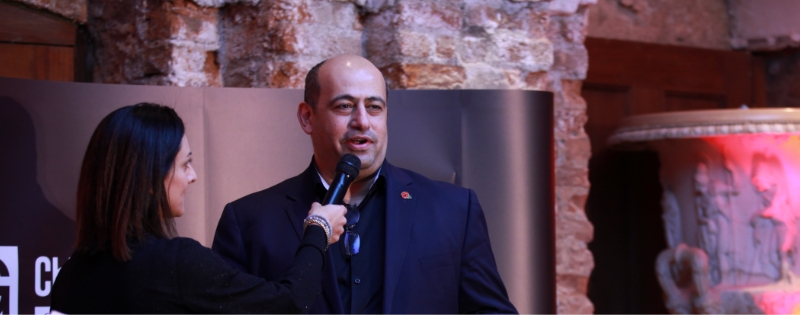While great progress has been made over the past few decades, advances in support of LGBTQ+ equality in the workplace are mostly visible during Pride Month. Practically every company logo on LinkedIn has been filled in with a rainbow. Organizations run advertisements showcasing how involved they are with the movement. Major donations are made to worthy causes. The efforts are there, and none of this is done in vain – especially given the current social climate. However, sustained support in the workplace can be a little tricky, as there are many moving parts and personalities. So, how can organizations promote LGBTQ+ equity in an inclusive, non-patronizing way? And, equally as important, how can they do this throughout the year and not just for Pride Month?
Making the Workplace a Safe Space
LGBTQ+ people face some of the sharpest barriers in the workplace. Multiple reports have shown these individuals are at least twice as likely to hear jokes about their lifestyle or gender, and at least three times as likely to keep their lives outside of work strictly to themselves. Based on research from McKinsey, nearly 20% of cisgender employees frequently thought about leaving their jobs. That figure rose to as high as one-third of LGBTQ+ employees. What this says is that a company’s culture needs to be all-inclusive; that individual employee behaviors need to universally be accepting of every employee. This begins at the team leadership level but requires a top-down approach from the C-suite. If an enterprise can truly embrace acceptance and diversity while implementing a “zero tolerance” approach to discrimination, then weave those initiatives into the fabric of the company culture, current and prospective employees will treat everyone accordingly. This makes the workplace a safe space for all and, in turn, promotes employee authenticity, connection, camaraderie, and ultimately, productivity.
Acceptance, Inclusion, and Diversity
While Pride Month, Black History Month, and Women’s History Month are great opportunities to spotlight and embrace those particular workers, one month out of the year isn’t nearly enough. In order to support and engage any marginalized community, it is essential to let those employees know they are accepted and welcomed all year long – and that they’re not alone. In the workplace, this requires an AID initiative: Acceptance, Inclusion, and Diversity.
Acceptance: When it comes to acceptance, it can be as simple as forbidding generalizations and stereotypes while remaining intolerant of intolerance. Education and training are key here.
Inclusion: For inclusion, offering a range of company-wide activities appealing to a variety of interests and focuses can not only get everyone involved and build rapport, but broaden horizons and minds.
Diversity: As for diversity, this begins and ends at the hiring process as HR departments and recruiters can no longer hire based on talent alone. There must be a holistic approach to the onboarding process, one that puts an emphasis on different genders, races, preferences, and lifestyles. According to PwC, a prospective employee from the LGBTQ+ community is 28% more likely to want to work for a company that has fellow members of the LGBTQ+ community. This bumps up to 39% when there is an LGBTQ+ member in a leadership position (for context, the same report showed essentially the same statistics for other marginalized groups/communities).
In Closing
Being kind isn’t difficult. Inclusion takes little extra effort. And instilling open-mindedness and sensitivity into a major corporation simply requires the right company culture and leadership. Now. Having read this, ask yourself: is your organization doing enough to support and engage the LGBTQ+ community?
—
GDS Summits are tailored 3-day virtual event conferences that bring together business leaders and solution providers to accelerate sales cycles, industry conversations and outcomes. Regarding the HR Digital Summit 88% of Delegates said the overall experience of the Digital Summit they attended was either Above Average or Excellent and 100% of Delegates said the Digital Summit provided them with actionable outcomes to support their current initiatives.
For more, click here to hear from attendees on how GDS has helped them to achieve their business outcomes.
Continue the debate at GDS’ HR Summits where we bring together senior human resources executives who are actively seeking to share, learn, engage, and find the best solutions.












